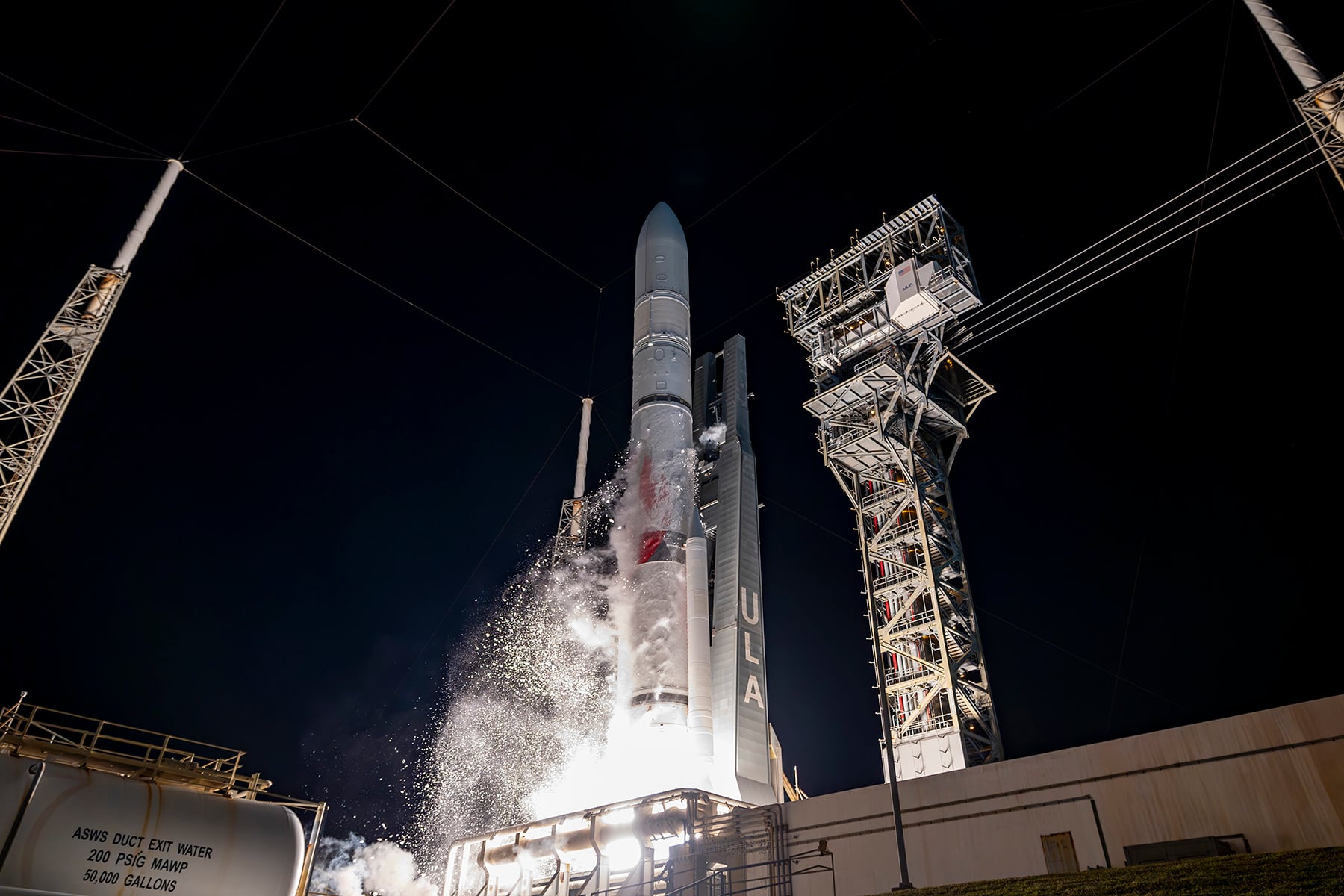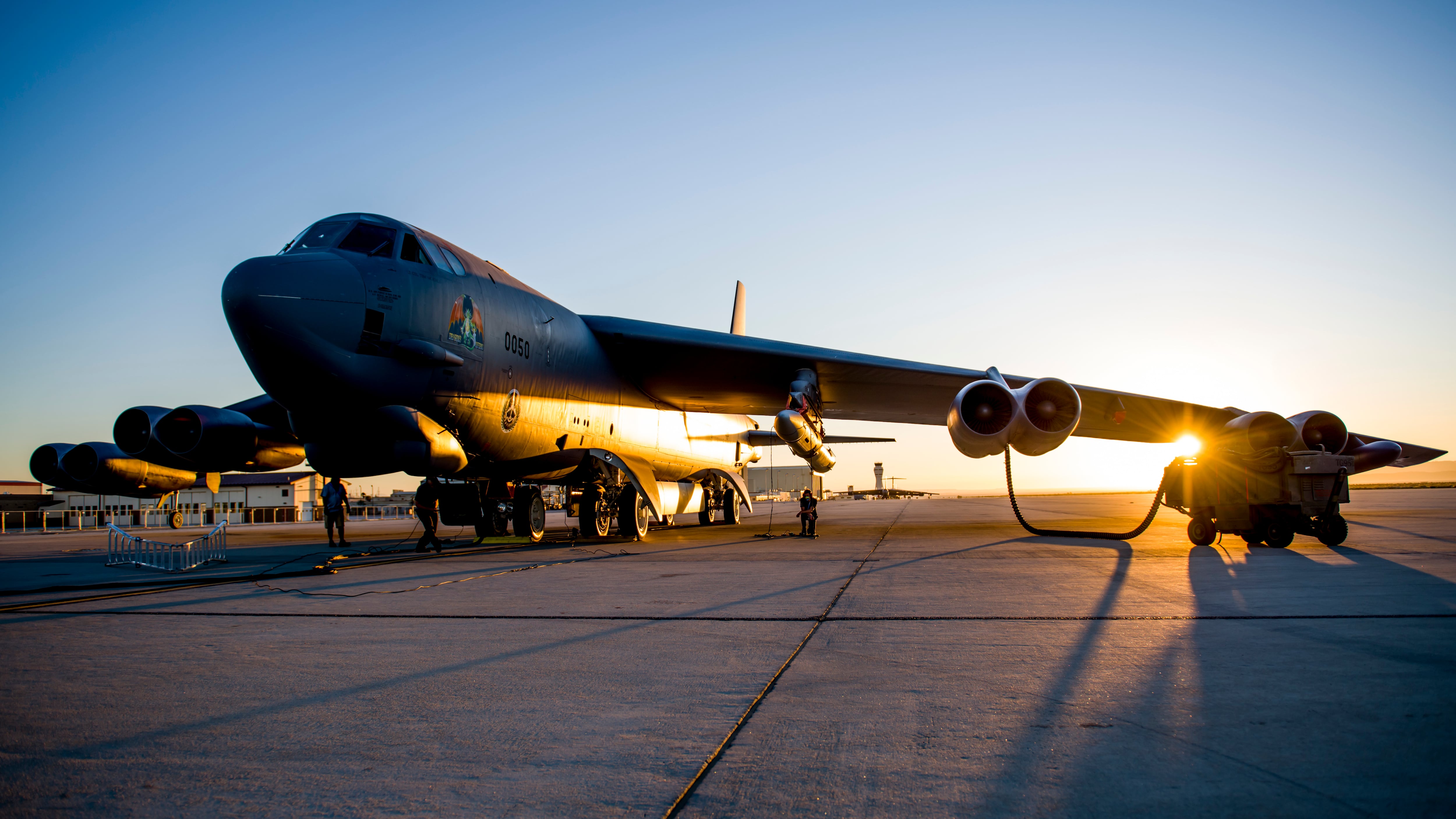Stephen Jurczyk oversees some of NASA's most cutting-edge technologies and programs. He's responsible for some of the space agency's most progressive initiatives, including space exploration, emerging science and technology, and acquisitions that impact the entire aerospace community.
We have a fairly wide-ranging set of missions, so we work with industry across a spectrum of different acquisition strategies and approaches. We do everything from requests for proposals for custom-built spacecraft and space systems for deep-space missions to having a contract for a catalog of spacecraft that we procure on a fixed-price basis for earth science missions or earth-orbiting missions.

Stephen Jurczyk, associate administrator of the space technology mission directorate, NASA
Photo Credit: Courtesy of NASA
At NASA, the idea of procuring managed services isn't as new as it is to some other parts of the government – in the military we're seeing a marked move toward buying end-to-end managed SATCOM services. Do you see NASA as a leader in that sense?
Our hope and goal in procuring managed services is that not only NASA needs and capabilities are met, but other departments and industry can take advantage of that. An example of that is the development of the Falcon 9.
Falcon 9 was developed partially with NASA requirements and funding for cargo delivery to the space station. Now the Falcon 9 is used by SpaceX to launch robotics for NASA, military payloads, commercial satellites. It initially came out of commercial cargo delivery, but now it's being used for all these different capabilities by government and industry.
You've worked for NASA for 25 years. How have you seen the relationship with industry change, and what do you think has driven that change?
First of all, I think one of the changes is the maturation of the space industry. Back when I started out, spacecraft were kind of custom-designed for each mission and each application. They were not commoditized at all. With the maturation of the commercial communications industry as well as the volume of spacecraft developed for government missions, over time companies have developed standard spacecraft buses, from very large satellites to smaller low earth-orbit satellites.
Over time we've been able to treat them more like a commercial item and have a catalog with multiple spacecraft and multiple vendors that we can use to accommodate the payloads that we fly and procure them through fixed-price contracts with milestone payments. It's been a maturation of the industry as well as the technologies and the capabilities.
On our side, how do we deliver the most value for the budget that we're given from Congress and make the best use of taxpayer dollars? That's what motivated us to move toward the commercial services types of arrangements — we get a lot of value from them.
The contractors can take more innovative approaches, from a business innovation standpoint and a technological innovation standpoint. Industry can be more
innovative and less constrained by government requirements. We're not laying those systems engineering and quality assurance requirements on them. We're buying a service, we let them use their commercial requirements and best practices, and hopefully we accomplish the mission more effectively and efficiently at a lower cost. Over the years we've done more with industry and less in-house, especially in spacecraft development. Eighty to 85 percent of our funding and what we do goes to industry in various forms.
We do have robust in-house capabilities, but when it comes to the large systems, that's done through partnerships and contracts with industry.
How do you see your partnerships evolving in the future?
We have some lofty goals moving forward. One of them is human exploration of the solar system, which is beyond the low-earth orbit, and eventually crewed missions to Mars. So we're going to continue to look for industry capabilities that are evolving and how we take advantage of partnerships with industry to most effectively and efficiently achieve those lofty objectives.








